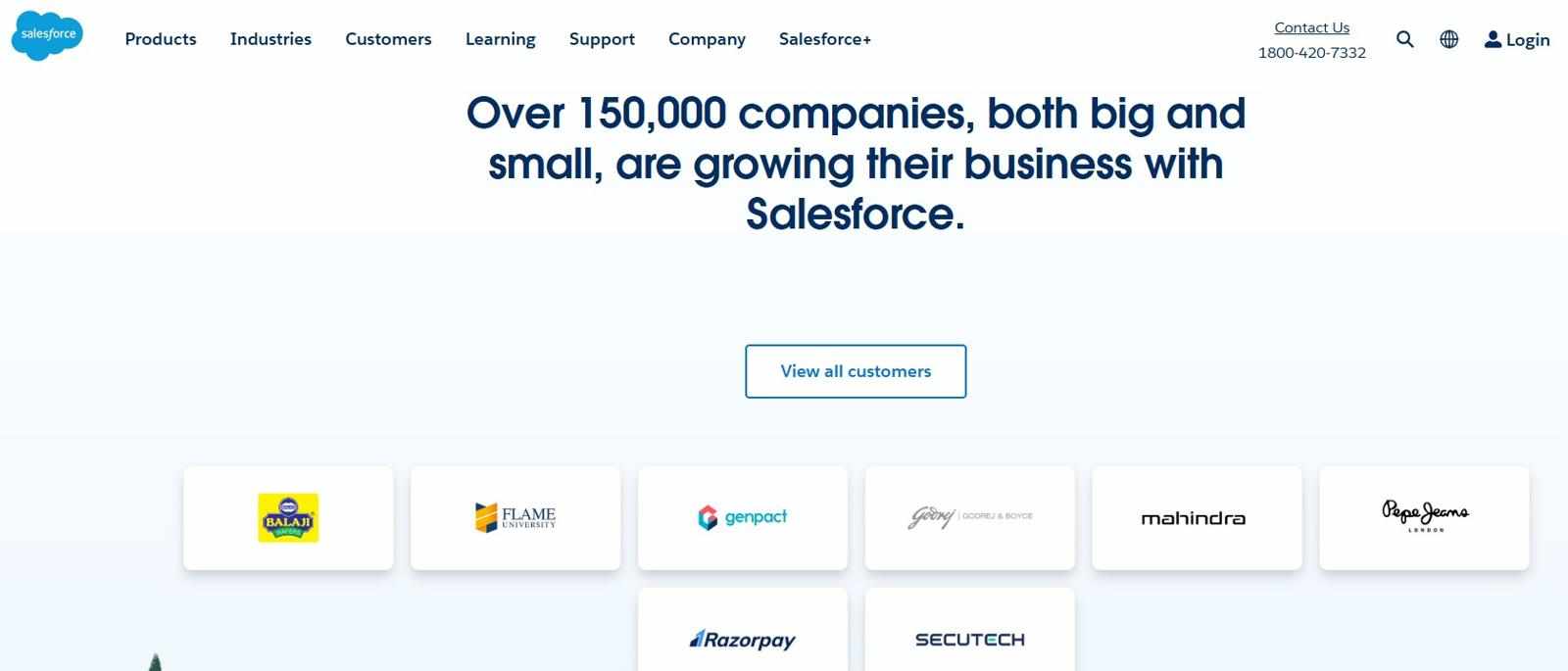In today's fast-paced business world, unpredictability is unavoidable. Professionals in all fields need to learn how to handle risks well in order to avoid problems and take advantage of opportunities. As the leader of a business, a big project, or financial assets, you need a strong risk management plan to be successful.
Understanding Risk Management
Risk management is nothing but the process of finding risks that could affect an organization's goals, evaluating them, and taking steps to reduce them. Businesses can stay strong and last for a long time with the help of good risk management methods. A lot of workers choose to get a risk management certification to improve their skills. This gives them access to best practices and methods that are used in the industry.
Key Risk Management Techniques Every Professional Should Know
Risk Identification
Recognizing possible risks is the first step in management. Financial, operational, compliance and strategic threats are some examples of this. Threats that could hurt businesses or projects are found by professionals using methods like SWOT analysis, brainstorming, and previous data analysis.
Risk Assessment and Analysis
Risks must be evaluated based on how likely they are to happen and how bad they could be if they do. The PMI Risk Management Certification (PMI RMP) stresses using both qualitative and quantitative risk ratings to set priorities for risks in the best way possible. Risk matrices and Monte Carlo models are two tools that can help you figure out how bad a risk is.
Risk Mitigation Strategies
Mitigating risks involves developing strategies to reduce their impact or likelihood. The four main approaches to risk mitigation include:
Avoidance: The cessation of activities that require substantial risk mitigation.
Mitigation: The implementation of strategies to reduce the level of risk.
Transfer: The responsibility for the risk is transferred to third parties, such as insurance policies.
Acceptance: The recognition and preparation for hazards that are unavoidable.
Continuous Monitoring and Review
Managing risks is not a one-time thing. Professionals can stay ahead of new threats by keeping an eye on things all the time. Businesses can adapt to changing risks by using software solutions and regular risk reviews.
Communication and Risk Reporting
For management to work, there must be open discussion about risks. Good risk reporting makes sure that everyone involved knows about possible threats and how to protect themselves. Standardized reporting frameworks are used by many companies as part of their certification programs for risk management professionals.
Elevate Your Career with a Risk Management Certification
Getting a professional certification in risk management can significantly improve your job chances. The RMP certification proves that you know how to find, evaluate, and reduce risks successfully.
Comprehensive courses like the PMI RMP on Coursera can help professionals who want to move up in this area. I really think you should take the Risk Management Certification Specialization on Coursera. This RMP course goes into great detail about how to assess risks, how to reduce those risks, and what the best practices are in the business.
If you want to get the PMI Risk Management Certification or just improve your risk management skills, this course is a great way to do it.
Final Thoughts
There is always some risk in the workplace, but if you know how to handle it well, you can turn possible threats into opportunities.
Getting a certification in risk management not only makes you more skilled but can also help you get better job opportunities. Hence, start your journey today to become a qualified risk management professional with the Learnkarts RMP specialization course, which is the best in their field.








Write a comment ...